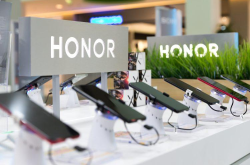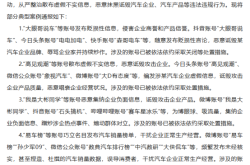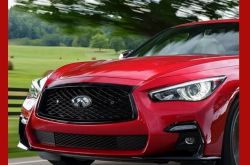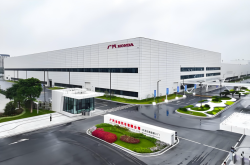Reflections on the Auto Industry at the Dawn of 2025: Emulating Pang Donglai or Sam's Club?
![]() 01/02 2025
01/02 2025
![]() 519
519
Whether by historical coincidence or design, NIO, XPeng, and Li Auto emerged onto the scene a decade ago, joined earlier by Letv Auto, ushering in a wave of cross-industry entrants into China's automotive market. Despite the few survivors among new energy vehicle (NEV) makers a decade later, their influence and momentum have sparked a proliferation of NEV brands, positioning Chinese automakers at the forefront of the new energy race.

Just three years ago, Xiaomi officially announced its foray into the automotive industry. Later that year, Huawei and Thalys jointly introduced their maiden model, the Thalys M5. Shortly thereafter, BYD declared an end to the production of internal combustion engine vehicles. These three milestones fundamentally transformed the landscape and philosophy of China's automotive industry.
As 2024 draws to a close, what lessons can we draw from this year's auto market, and what implications will they have for the industry in the future? On the final day of 2024, "Auto Chat and Discussion" delves into notable phenomena from this year's market, extending to new aspirations and expectations for China's auto market in 2025.
Enriching Individual Models, Simplifying Brand Portfolios
I recall a car company executive remarking that the automotive sector has become incredibly competitive, with sales reports now being compiled weekly instead of monthly. Despite industry-wide gripes about this relentless competition, it has also spurred continuous efficiency improvements, leading to remarkable achievements in China's auto market.
From a macro perspective, China's NEV models have surpassed competitors through exponential growth. Not only have domestic joint ventures witnessed significant declines in sales and profits, but other international markets have been compelled to raise tariffs to "curb" the influx of Chinese models. Microscopically, new brands and models launched recently have enjoyed more opportunities, potentially achieving sales of over 10,000 units within months, becoming hot topics in the auto market.
The rapid fluctuations in the auto market offer automakers room for experimentation but also intensify growth pressures. However, after the "baptism" of 2024, the market has stabilized, reducing opportunities for new brands. This shift reflects the financial strain on automakers and the gradual shaping of consumer preferences for NEVs.
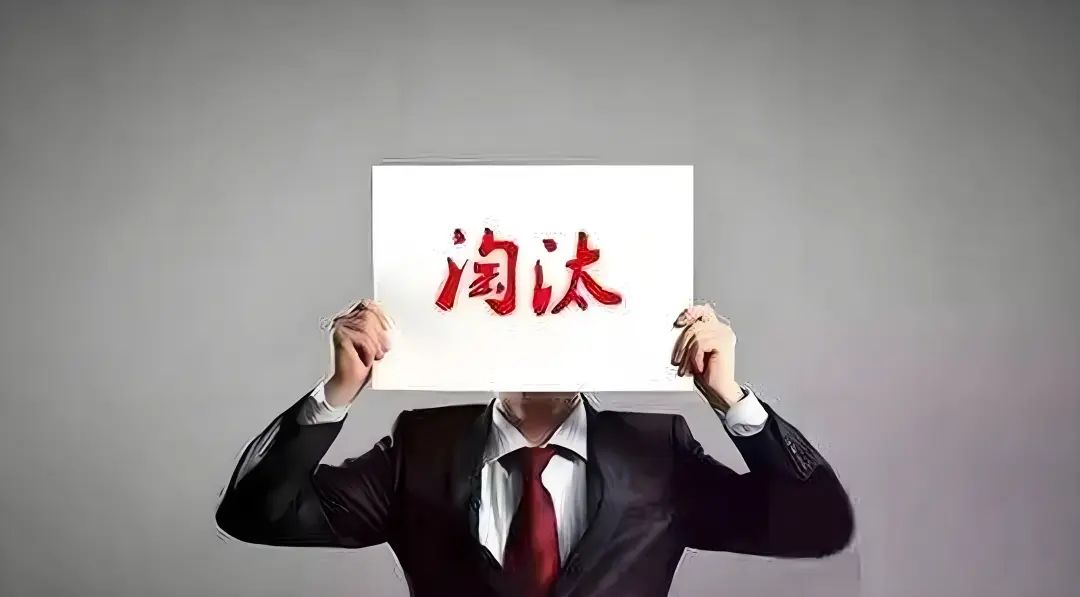
Thus, automakers' core development strategy lies in enhancing the success rate of individual models and narrowing their model range. For individual models, focus on adding features, expandability, and services. For similar brands and models, reduce R&D and marketing costs, even if they were once iconic. This trend applies not only to specific automakers but also to joint venture brands; those with monthly sales below 1,000 units will struggle to survive in 2025.
Emulating Pang Donglai or Sam's Club?
Among the myriad supermarkets nationwide, only two, with contrasting philosophies yet a shared commitment to high-quality product control systems, exert a substantial influence on consumer behavior, encouraging frequent and bulk purchases: Pang Donglai and Sam's Club. Pang Donglai often has long queues, with items flying off the shelves, while Sam's Club, despite criticism over membership fees, expands its stores on a grand scale.
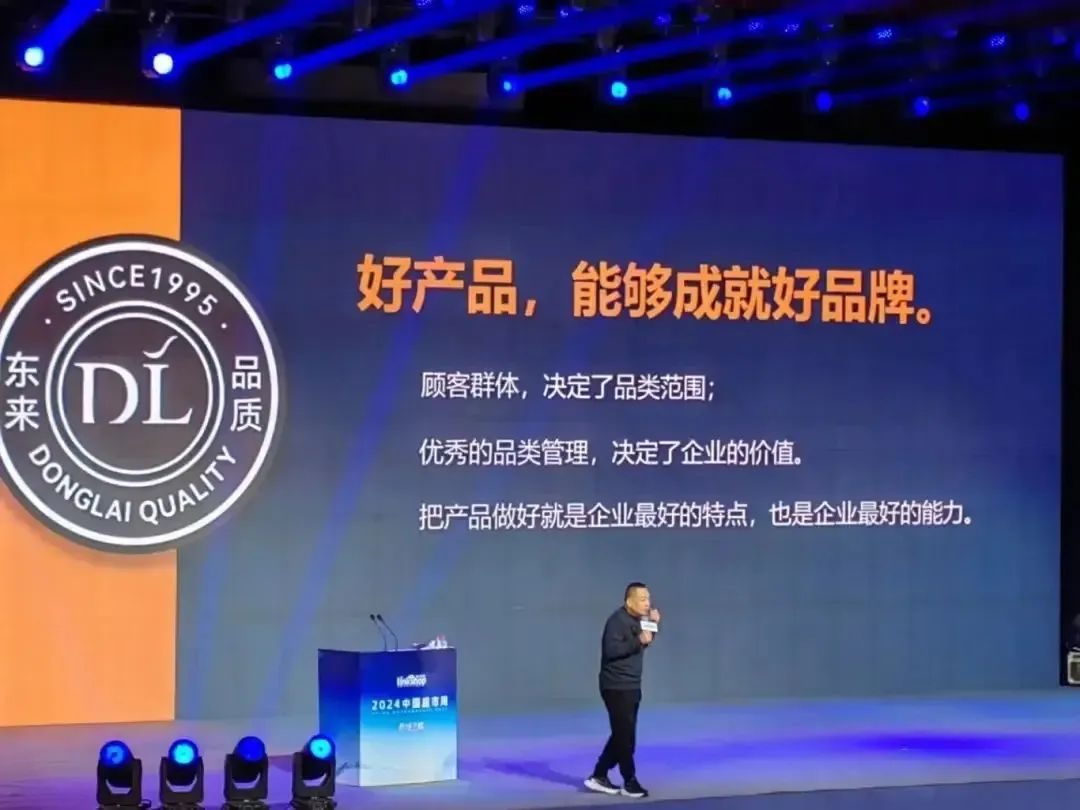
In terms of parallels, Xiaomi mirrors Pang Donglai, while the Huawei ecosystem aligns more with Sam's Club. Both have become phenomenal automakers in China, setting high barriers that other automakers find hard to replicate. Xiaomi faces delivery challenges, yet consumers patiently wait in long lines. In 2024, Xiaomi's SU7 introduced a 15th-anniversary limited edition color, pushing sales beyond factory capacity—an achievement unmatched by NIO, XPeng, or Li Auto. However, Xiaomi's uniqueness lies in its inability to promote its new car through collaborations.
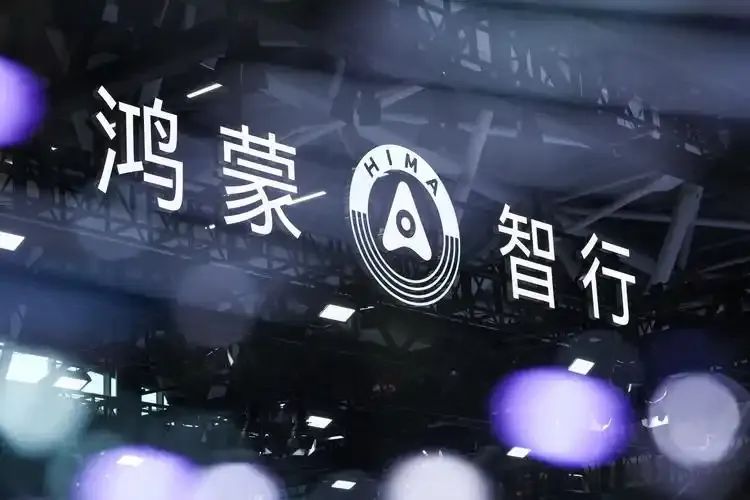
The Huawei ecosystem adopts a different approach. Although it doesn't manufacture cars, its influence grows, and automakers eagerly collaborate. Huawei has cultivated a core circle of smart selection vehicles, with closer ties to Huawei correlating with better sales. For instance, both brands using Huawei's "full suite" technology, AITO outperforms AVATR in sales. Additionally, nearly half of the top-selling NEV brands have some affiliation with Huawei.
From this year's sales figures, a market structure has emerged, featuring "one superpower" (BYD) and "multiple strong players" like Chery, Geely, Changan, and Great Wall. For other automakers, the choice leans towards adopting the "Pang Donglai or Sam's Club" model, especially for joint ventures. It's foreseeable that the market share of internal combustion engine vehicles will further decline, mirroring traditional supermarket SKUs struggling to attract new consumer groups. Both mass and luxury brands must develop exclusive brand competitiveness.
Sustaining Growth with Low Profits
Despite significant sales growth this year compared to last, financial reports from domestic and international automakers reveal a steep profit decline in the Chinese market. Selling more cars yields less profit, becoming a developmental "curse." This not only leads to dealership closures but also prioritizes financing for automakers.
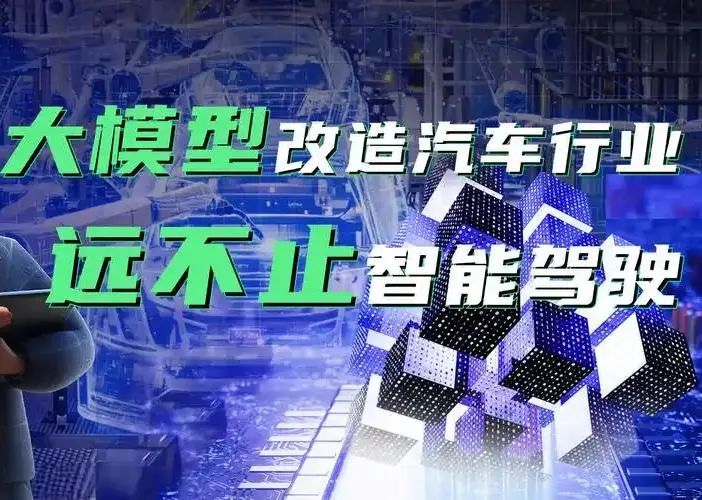
Chinese automakers have been quicker to respond than joint ventures, gradually increasing their average model prices. Against the backdrop of trade-in subsidies, the deployment of boutique small cars priced between 50,000 and 80,000 yuan has significantly driven growth. However, for most independent automakers, surpassing a brand premium of 250,000 yuan is challenging, with fierce competition in the 150,000-250,000 yuan range. Therefore, personalized models and mid-to-large vehicles will be domestic automakers' focus next year. Simultaneously, increasing overseas exports is another profit-boosting measure.
However, the crux of improving automotive profits lies in cost reduction, efficiency enhancement, and exploring new markets like Robotaxi and low-altitude aircraft. Cost reduction and efficiency enhancement involve leveraging AI data models to reduce R&D and production costs, rather than compressing supplier costs further. Automotive profits extend beyond sales, relying on smart cars' multifunctionality to create multidimensional, personalized marketing products and models.
As we bid farewell to 2024, automotive competition will intensify in 2025, yet there is much to anticipate!

